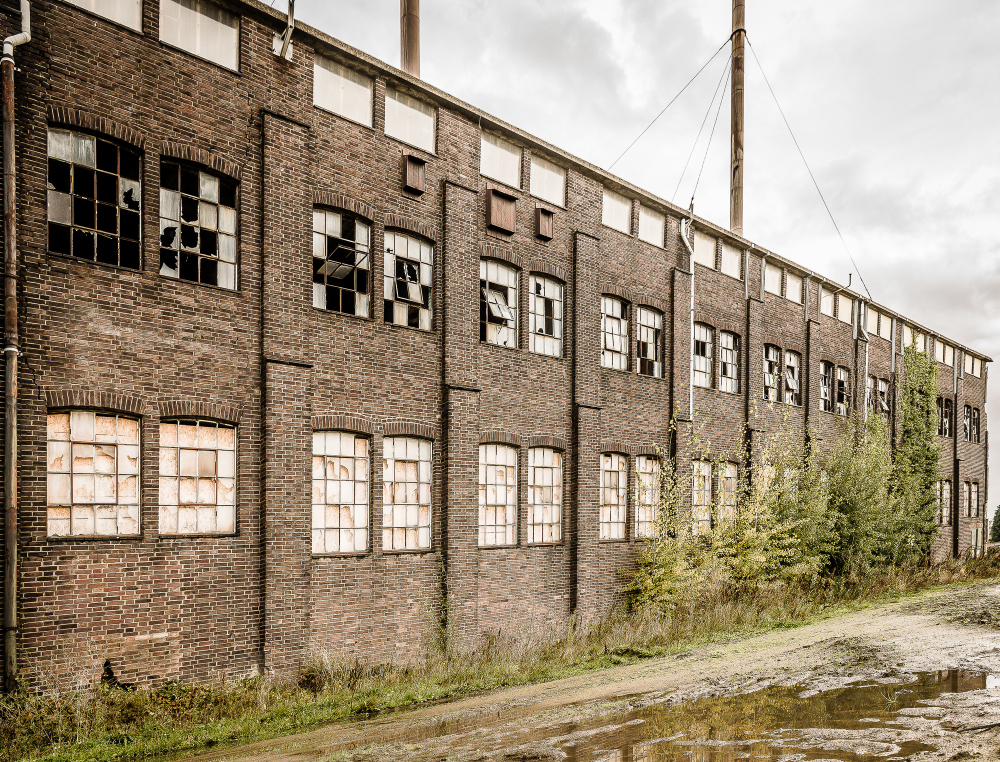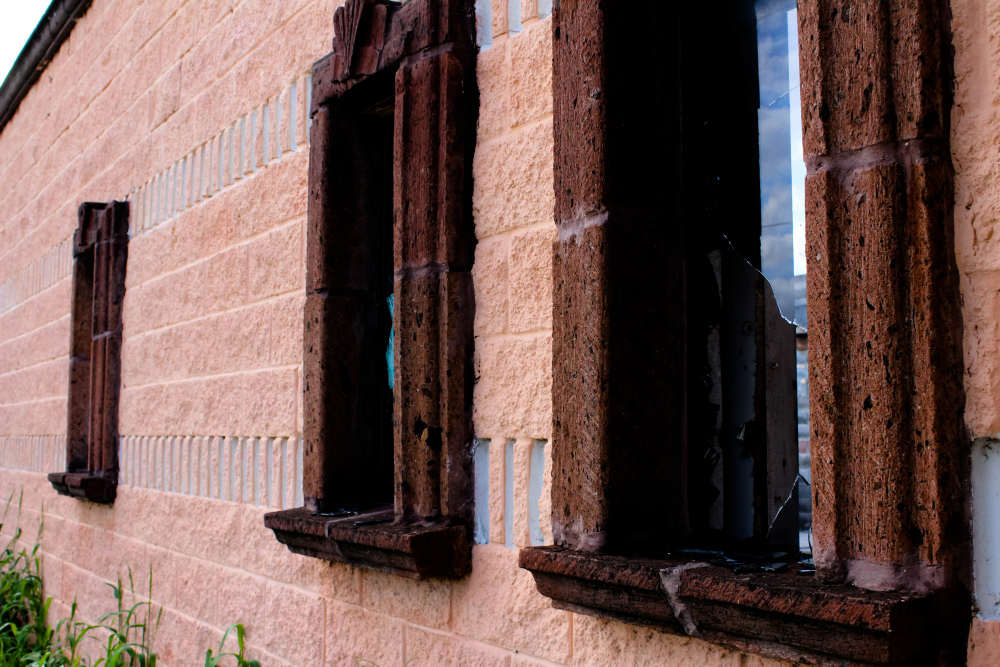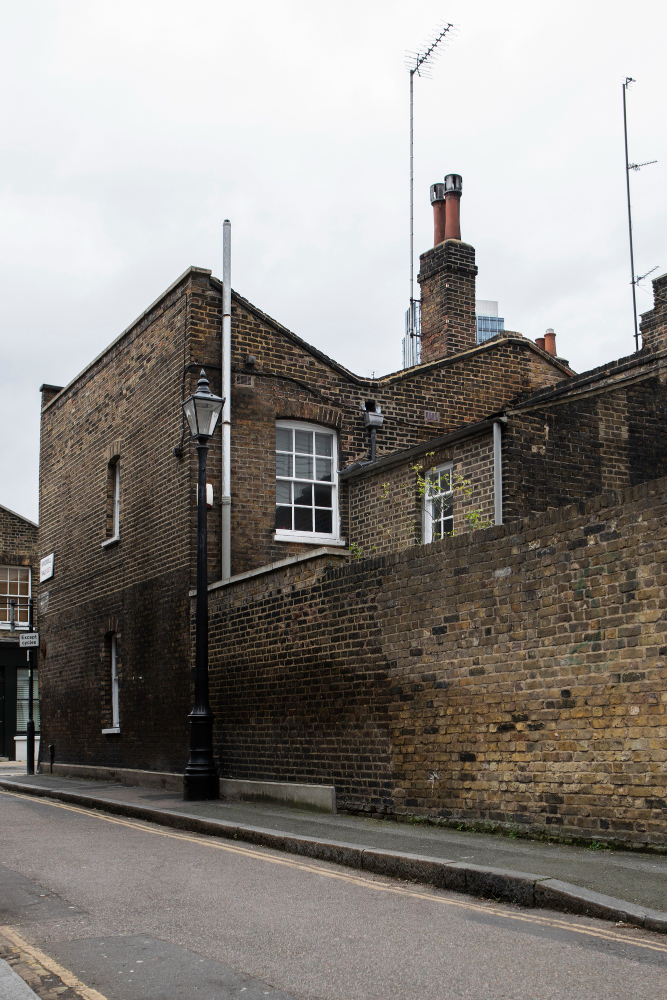Insight
It’s important, in order for us to understand your requirements from the outset in order to give the best commercial building consultancy advice we can.
Enquire
For many tenants, dilapidations is one of the most confusing, and costly, parts of leasing a building. Put simply, dilapidations refer to the repairs and reinstatement works that a tenant must complete under their lease obligations. Understanding the meaning of dilapidations early on can help you avoid unexpected bills, disputes with your landlord and unnecessary stress when your lease comes to an end.
Dilapidations meaning: a simple definition
In commercial property, dilapidations are the repairs, maintenance and/or reinstatement works required of a tenant during or at the end of a lease. These responsibilities are usually set out in the lease agreement and can include:
If a tenant does not meet these obligations, the landlord may issue a Schedule of Dilapidations, a formal claim setting out the works required and the estimated costs.

Why tenants should care about dilapidations
Many tenants don’t think about dilapidations until the lease is ending, but by then it’s often too late to act. Here’s why you should take them seriously:
1. Financial risk
Dilapidation claims can run into thousands, even tens of thousands of pounds. Without preparation, your business may face an unexpected financial hit.
2. Lease end obligations
Your lease is a legally binding contract. Failure to comply with repair and reinstatement clauses can result in breach of contract and legal disputes.
3. Negotiating power
A good understanding of dilapidations gives you confidence to negotiate fair lease terms at the start and to challenge unreasonable claims at the end.
4. Better business planning
By knowing what you’re responsible for, you can budget properly and avoid nasty surprises at lease expiry.

Common mistakes tenants make
How to protect yourself as a tenant
Get a Schedule of Condition
This records the state of the property at the beginning of your lease. It’s invaluable in ensuring you don’t get held responsible for existing defects.
Maintain regularly
Carrying out repairs and maintenance during your tenancy will almost always be cheaper than facing a large dilapidations claim at the end.
Take advice early
A building surveyor can review your lease and advise on the risks. They can also help negotiate claims if one is served.
Plan for lease expiry
Don’t wait until the last minute. Start planning for dilapidations at least 12–18 months before your lease ends so you can take action in good time.

Contact Bressumer A.R.K about your dilapidations queries
Dilapidations aren’t just a landlord’s concern, they’re a critical issue for tenants. By understanding the dilapidations meaning, knowing your tenant obligations and taking action early, you’ll protect your business from costly disputes and unexpected bills.
At Bressummer A.R.K., we help tenants with dilapidations, schedules of condition and lease-end planning. If you’d like clear, practical advice on protecting your leasehold interests, get in touch with our team today. Call us on 023 8212 8803 or email at sales@bressummerark.co.uk.

It’s important, in order for us to understand your requirements from the outset in order to give the best commercial building consultancy advice we can.
Enquire